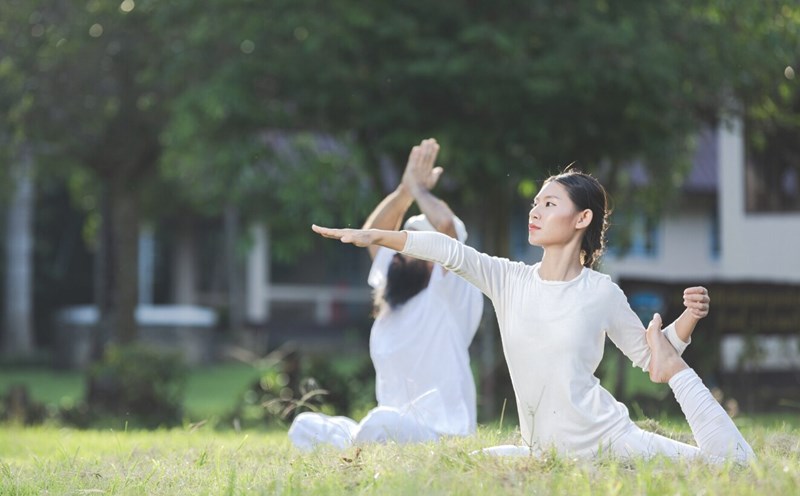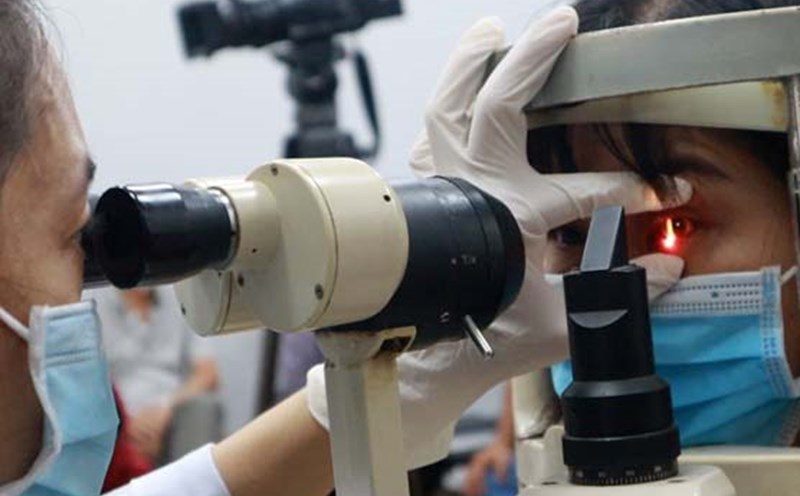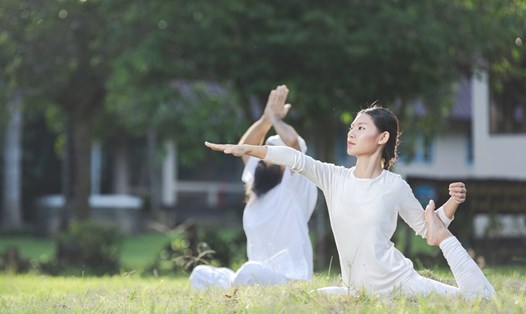Aging allowance (AMD) affects about 1/3 of people over 80 years old, of which the "dried" form is common but there is currently no effective treatment. In the US, about 20 million people aged 40 and over are living with the disease.
The research team of Aalto University (France) said that they have developed a laser treatment method that can slow or prevent AMD from drying out from the beginning. This technique uses near-infrared light to warm the retina tissue a few degrees more, thereby activating the natural protection and repair mechanisms of eye cells.
According to Professor Ari Koskelainen (Deputy Head of the Department of Science, University of Aalto), controlled temperatures help stimulate the production of heat shock proteins and promote autophagy - the mechanism for removing damaged proteins and long-term deposits of drusen plaque. These two mechanisms act as a "waste treatment" system to help the eye maintain healthy function.
Temperatures above 45°C can damage the retina, so the research team developed a technology to monitor the temperature behind the eyes in real time. This allows them to accurately control the heating process, ensuring safety when activating the cell's recovery mechanism.
The laser method has shown positive results in testing on mice and pigs, moving towards clinical trials on humans.
The first clinical trials on humans are expected to begin in Finland in the spring of 2026 to assess safety, then determine the optimal treatment frequency.
The results of the study were published in the journal Nature Communications. The development team also established Maculaser to soon commercialize the technology.
If the progress is smooth, this treatment method can be applied in hospitals for the next three years and become a familiar choice in local and international ophthalmic clinics, said Professor Koskelainen.











